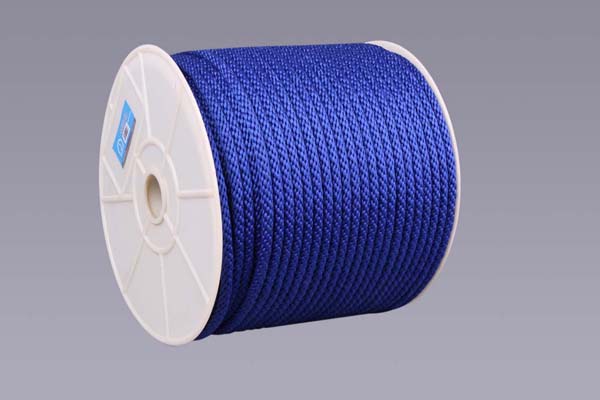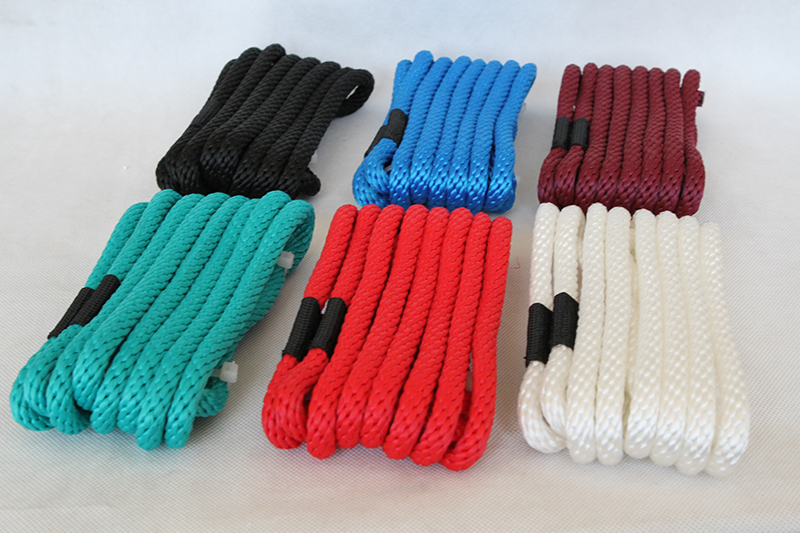As the output quality of wide-format digital printers continues to increase, do printers also need to purchase expensive digital proofers?
When people saw an unremarkable inkjet printer on the Epson and HP booths, they couldn't help but be surprised when they spit out beautiful pictures. For non-professionals, this is simply true print.
But where is the application of wide-format inkjet printers compared to traditional printing? Although wide format printers are inexpensive and can achieve good image quality, in the past it was too slow, production was inefficient and colors were not very stable, so it was not suitable for contract proofing.
With the continuous advancement of hardware devices and RIP technology, many companies have used wide-format printers for proofing purposes, but there are still very few companies that use them for exporting and printing. In the field of digital proofing, DuPont's digital Cromalin is the standard for digital proofing quality, but a single such device costs tens of thousands of dollars. Using a wide-format printer to output proofs can greatly reduce costs, so we can rethink the concept of contract proofing. What?
DoPont and Epson have reached an agreement to jointly develop a new type of RIP. This brings new hope to wide format printers. After adding new RIPs, the output samples look very good, but most people still only use them to check. Layout, or about its color. They cannot be used for contract proofing because these printers do not have the stability of top systems such as Cromalin or Kodak Approval.
What kind of quality requirements should the contract proofing achieve? Does the customer really need an expensive sample that accurately represents the structure of the network? Especially when the customer himself does not know what to check. Although this problem has been repeated many times, there is only one answer. That is: everything depends on the meaning of the sample to the customer. If you advertise in a community magazine, then ordinary photocopying is sufficient; if you want to advertise for a world famous brand in fashion magazines, then you have to use high standard proofing products. â€
If the customer understands how the HP printer works and then agrees to use it to output proofs, there may be no problem; however, some customers often complain about mismatches between proofing colors and printing colors after printing. It takes a lot of effort to explain the problem to them. The location may even require the law to solve the problem. If you use Cromalin proofing, you can ensure that the final printing effect exactly matches the proofs. This may be the reason why some people will firmly oppose the use of printers to replace the traditional proofer.
However, this does not stop the industry's pursuit of a wide-format digital printer for digital proofing. Epson really entered the market about three years ago when they introduced the Color Proofer 5000. Since then, they have launched the Color Proofer 9000. Both products combine Epson's tiny piezoelectric printheads with a powerful RIP to print high quality proofs. At present, Epson is working closely with DuPont and EfI to jointly develop a product that Epson calls "the overall solution for the industry." Despite this, Epson still has reservations about the performance of its printers, and they also believe that all problems with digital proofing depend on the customers you serve. Some people want accurate halftone dot structures, and they can only provide the quality and accuracy of color, only to ensure that the proof color can match the color sought by the naked eye.
Unlike Epson, the HP company is proud to say that their products can be applied to the digital proofing process.
According to Steve Chattaway, technical manager of HP's distribution department, "The purpose of proofing is to match the printing results. In this respect, HP printers have better color loyalty than digital Cromalin proofing methods based on the final printed sheets. Digital Cromalin proofing sometimes Red points are biased and black spots sometimes occur. The HP 5000 is a six-color printer, and it even better approximates the final printing results than analog mock-ups."
However, Mr. Chattaway also clearly stressed: "The accuracy of the HP DesignJet 5000 is closely related to the paper used. Standard paper may not be able to achieve the best results." At the same time, he also mentioned that quality is not the main selling point of this printer.
Mr. Chattaway also said: "HP's machines are mainly developed for the advertising market, so they are very fast. The Epson 5000 and 9000 models are of good quality, but they are slow. Nowadays, in terms of speed, HP's machines It is a yardstick to measure. On the glossy paper HP5000 can output 7-10 square meters per hour. This speed is enough for most people. In terms of quality, I have full confidence in HP."
Because of the large differences between digital proofing rose spots and offset rose spots, HP believes that the only way to achieve overall color stability is to use automated corrections to incorporate densitometers or similar devices into the system. This attitude coincides with the idea of ​​HighWater Inc. HighWater has developed a system called PressMimic, whose purpose is to use Epson's wide-format printer as proofer. After the application of this system, Epson's wide-format printer can be almost satisfied. The needs of various branches of the printing industry. The people who developed the system initially believed that digital proofs should not try to precisely match printed sheets obtained from the press, because no system could achieve the effect of press sheets.
Of course, many printers are reluctant to hear this. However, there is still enough space in the printing process to allow human error. This means that changes are everywhere and can occur at any time. Therefore, the PressMimic system allows users to match five basic printing processes, from glossy papers, proofs with a wide range of color renderings, to ordinary offset printing, thermoset-type rotary printing, and coldset-type rotary printing to display graphics printing.
Users can purchase this software and Epson 9000 printer. Compared with Kodak's Approval system, it can save a lot of cost, which is very attractive.
HP also developed its own supplemental software, which makes the DesignJet 5000 more suitable for the proofing market. This is a very interesting software system that sends the same data to a laser imagesetter or platemaking machine, and in the same way These data are explained.
Because the DesignJet 5000 is a six-color printing device with extra light cyan and light magenta inks, the software can digitally simulate dot gain and wet embossing to print the same halftones as the printed product. Rose pattern. But the price of this software is too high. If it cannot fall to a reasonable price acceptable to the user, the user might as well purchase a digital proofing machine directly!
Some people think that price is not the most fundamental issue. Eddy Houba, product manager for proofing and color management at Creo Santa Angel, said: "For these devices, major advances have occurred in software. Maybe inkjet technology is simply not suitable for contract proofing."
Did Eddy Houba say this because he felt that many of the products developed by the producers would put pressure on Creos Angel Iris? Mr. Houba explained: “We really felt threats and competition when the new equipment was launched, especially the introduction of Epson 5000 because it had very advanced technology. But now these threats are no longer there, because many of them buy Epeon machines. The customer is returning to CreoStone Angels. When purchasing a device like Creo, users must keep in mind not only the initial investment costs, but also the cost of each sample."
Eddy Houba's definition of a contract proofer is very simple: “The core of the contract proofer is the predictability of the printing process provided by the equipment after the adoption of the full set of data.†Eddy Houba agreed with Chattaway that no equipment could be 100% Repeatable, but if there is a tool to control the printing process, this can be overcome.
So, in order to overcome these problems, HP and Epson will lead the industry in what direction? Both companies seem to be satisfied with the quality and stability of their products. They acknowledge that one of the things that will improve in the future is the size of the equipment. Epson wanted to provide a larger device, and HP wanted a smaller device.
So if neither HP nor Epson intends to continue to break through the threshold of product quality, then maybe now is an excellent time to let you judge the quality of the inkjet printer baseline? What kind of customer thinks wide format printers are suitable for proofing.
For a long time, proofing was a sensitive topic between customers and printers and was influenced by the degree of mutual trust. If the relationship between the printer and the customer is good, a wide-format inkjet printer may be sufficient. However, if the customer is a new customer, or if the quality requirements for a certain print job are more stringent, then they need your quality assurance. The question is: With a display printer, how much confidence do you have in giving customers quality assurance?
Product Features
Solid Braid Rope include polyester solid braid Rope, nylon braid Rope, cotton braid rope and son on. In solid braided rope, the strands all travel the same direction, clockwise or counter clockwise, and alternate between forming the outside of the rope and the interior of the rope. This construction is popular for general purpose utility rope but rare in specialized high performance line. As a locked stitch constructed rope with a smooth appearance and small vertical picks, it is extremely strong and cannot be unraveled, even when cut. It is one of the sturdiest types of rope, but cannot be spliced.
Product Application
- Water rescue
- Ice rescue
- Nautical throw-line
- Floating demarcation line



FAQ:
Q: How about payment terms?
A: 30% TT deposit + 70% TT against the B/L copy within 3 days.
Q.:What about the lead time?
A: We need 3-7 days to get the samples ready, for bulk goods, it will cost 15-60days,up to the quantity.
Solid Braid Rope
Solid Braid Rope,Solid Braid Nylon Rope,PP Solid Braided Rope,Multifilament Solid Braid Rope
ROPENET GROUP CO.,LTD , http://www.cordnet.com